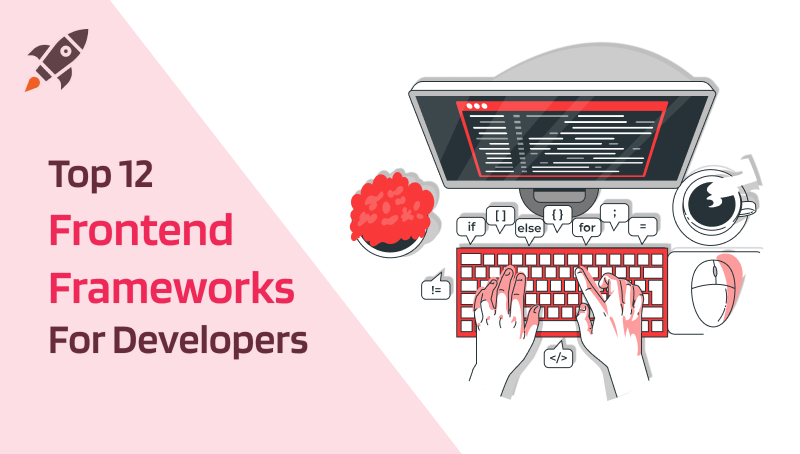As per some studies, users take around 0.05 seconds to develop an opinion in their mind about your website. That means every company should try to develop a clean, stunning, and efficient website or mobile app to keep the users engaged while maintaining their interests. This is what front-end development is all about. Everything that you see when you visit a website, such as animations, links, buttons, etc., comes under front-end development.
The two primary aims of web development are quick-to-market and stunning user experience. And utilizing the Best frontend framework, you can easily achieve both goals. Development of a good front-end application requires CSS to manage the visual part, HTML to create a basic layout, and JavaScript to make the application interactive.
Front-end development trends change faster, and you need to use the latest and most powerful front-end frameworks to craft a better user experience on the mobile and app. If you are wondering which frontend framework you should use in 2024, then here is the list of some of the best frameworks that you can go for.
You might also like – Best gaming engine for game development.
Trend Of Growth Of Frontend Frameworks
Most developers used to look down on the JavaScript framework. However, now the time has changed. With time, web applications are growing rapidly, and all thanks to the development of different advanced frontend development frameworks. However, among the available frontend frameworks, after the year 2017, React, and Angular witnessed a huge demand.
Besides, some developers now solely depend on jQuery when they don’t need to use large frameworks such as Ember or Angular but want to enjoy faster development. Another study shows that the Svelte frontend development framework is also getting popular among frontend developers. In fact, as per Stack Overflow, in 2021, Svelte became the most loved front-end framework.
However, you should keep in mind that not all the frontend frameworks are the same and may not meet your requirements. That’s why there are certain things that you need to consider while choosing a front-end framework for your web development project.
Factors To Consider Before Selecting Frontend Framework
While choosing the best frontend framework to make your frontend web development process faster and better, you should consider the below-mentioned factors.
- Popularity Of The Framework
If you are working on a long-term project, you should go for a framework that is popular so that you can easily get help from its community anytime you want. On the other hand, due to some reasons, your developer leaves the development project in the middle, and the frontend development framework is popular; you can easily find a developer who has knowledge about that framework. So, make sure the framework is popular.
- Check the Core Features of The Framework
When choosing one, you should properly check the documentation and check their features. As per the experts, you should make sure that the framework you choose has functionality and support for form processing, state management, templates, HTTP communication, routing, and more. It may be noted that not all the frameworks support form validation and HTTP communication, for example, React and Vue. But with Angular, you will get all these features.
- Usability
Properly check the usability of the frontend framework before choosing it. You should check the CLIs, plugins, and libraries supported by a front-end development framework. Besides, you can first use the framework for a smaller project to check how it works. Make sure that the framework has a CLI so that you can accelerate the web app development processing. Don’t forget to check the typescript, IDE, and other features before making the framework your primary development tool.
- Ease of Integration
Sometimes, to complete the project successfully, you may need to use additional libraries and tools. That’s why you need to choose a flexible framework that can be easily integrated with other tools. Some libraries primarily focus on formatting time, data processing, DOM manipulation, rich-text editing, and more. While developing a web app, you may need to combine all these functionalities. So, make sure that the frontend framework is capable of major integration processes.
- Support For Mobile Development
The number of smartphone users is increasing rapidly, and people would prefer to browse your platform using a mobile phone. That has made mobile development crucial. So, it is advisable to choose a framework that allows an easy mobile app development process.
- Server-Side Rendering
You will get both mobile users as well as web users. That’s why server-side rendering is unavoidable. If your content drives the website, then the framework should support the server-side rendering feature. If not, then your visitors will shed due to your website’s lower ranking on SERPs.
- Future Support
An online web presence will be more robust than ever in the coming days. That means you need to make sure that the frontend framework you want to use has impressive future scope in terms of community, on-time updates, maintenance, support, and more.
Considering all these factors, you can easily choose the best front-end framework for your upcoming web application development project. Well, if you find it challenging to get the right one, then have a look at the list that contains the top 12 front-end development frameworks.
Top 12 Frontend Development Frameworks
1. React
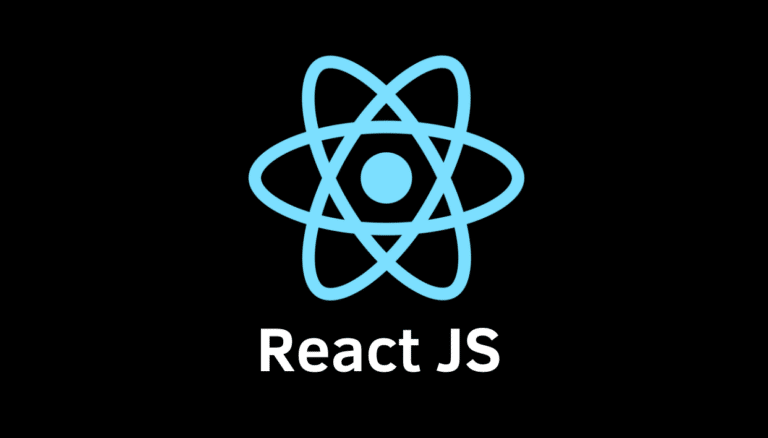
React is one of the most popular frameworks among front-end developers. It comes with a JavaScript-based library and has JSX Syntax developed by Facebook. This powerful open-source library has more than 3.5 million active users. Speaking about the features of this framework, it has a Virtual DOM- Document Object Model that makes it easy to use. Besides, it can work smoothly with other libraries, such as routing, state management, and more.
Pros of React
- The components are reusable, and it makes the collaboration process easier.
- Virtual DOM offers consistent as well as seamless performance.
- React Dev tools are very useful and advanced
Cons of React
- Learning JSX syntax can be a little challenging.
- Doesn’t come with well-elaborated documentation
- Can only be used for frontend development
When To Use:
Use React when you want to develop highly interactive visual layers and PWAs- Progressive Web Apps. You can use it with other libraries, like Redux.
When Not to Use:
Developers who don’t know much about JavaScript; should not use it. Understanding JSX Syntax can be a little challenging for them.
Real-life Projects
Some of the well-known websites that use this framework are Netflix, Facebook, Reddit, UberEats, Airbnb, and Pinterest.
2. Angular
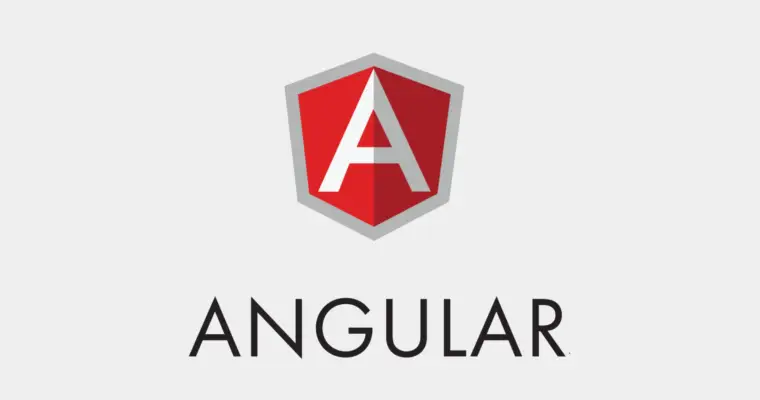
Also known as Angular 2, this is an open-source and TypeScript-based framework. More than 500k websites have been developed using Angular. The best part of this framework is its two-way data binding features. This establishes faster synchronization between the view and the model. Using its DOM and Directives, front-end developers can easily create dynamic and rich HTML content. The code components are easier to manage, reusable, and highly stable.
Pros of Angular
- Supports dependency and directives injection features.
- Backed and managed by Google.
- Better server performance
Cons of Angular
- It has limited SEO capabilities.
- The framework is difficult to use for beginners.
- Large in size
When to Use:
If you are planning to develop large and enterprise-scale web applications, Angular can be an excellent option.
When Not to Use:
If you have a small team or want to make your web app SEO-friendly, then you should go for other frameworks.
Real-Life Projects
Some popular brands that are using Angular are Autodesk, Google, UPS, LEGO, BMW, and more.
3. Vue.js
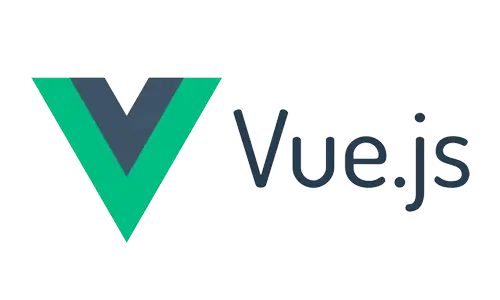
This is a simple and straightforward framework and is smaller in size. It’s a component-based feature, and visual DOM makes it simple to use, and it also supports two-way binding. Using this, you can develop web apps as well as mobile apps. It can easily handle simple and dynamic processes.
Pros of Vue.js
- The framework comes with detailed and extensive documentation
- You can develop powerful apps using a simple syntax.
- The framework supports typescript.
- It offers you a great level of flexibility for app structure design.
Cons of Vue.js
- Some components are not stable
- Users may face a language barrier with components and plugins.
When to Use
This can be a good option when you want to develop a single-page web application. It can be easily integrated with your existing server page.
When Not to Use
As the framework is new, it may not work well for large projects. And some components are unstable.
Real-life projects
Even though the framework is that popular in the market, some well-known companies like Reuters, Xiaomi, 9gag, and Alibaba are using this frontend framework.
4. Svelte
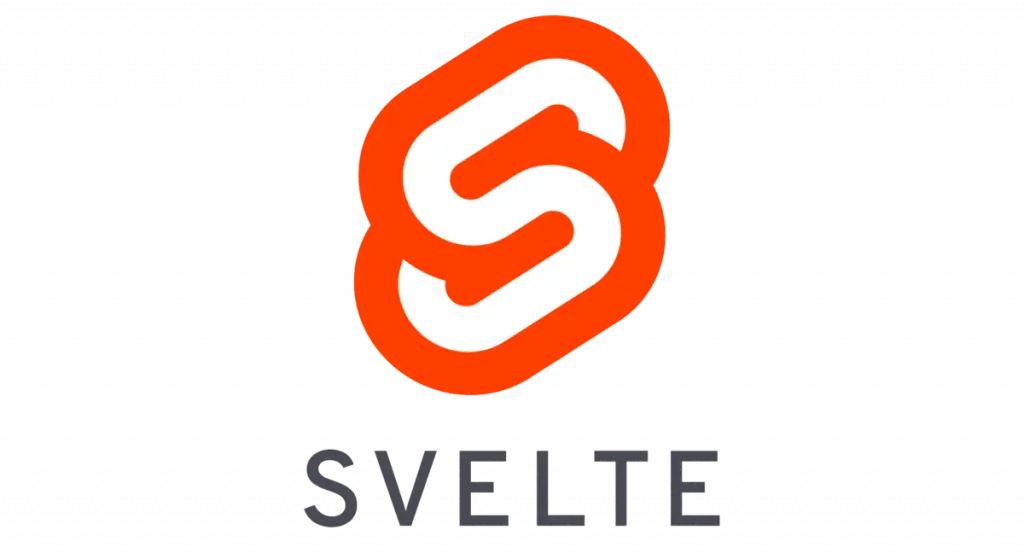
Svelte is a Typescript-written, open-source, JavaScript framework that is popular as an easy-to-use and lightweight frontend development option. You can develop an app with less coding. Using this, you can create components in JavaScript, HTML, and CSS.
Pros of Svelte
- Can be used to create an SEO-optimised app
- Minimal coding
- A faster frontend development framework
Cons of Svelte
- No visual DOM
- Limited ecosystem
- Limited tooling and supportive materials
When to Use
It is a good option for small web app development projects and perfect for beginners as it utilizes simple syntax.
When not to Use
Don’t use it for large projects, and it doesn’t have a mature pool of tooling and plugins.
Real-life Projects
Some well-known websites that are developed using this are Philips BlueHive, Chess, Godaddy, 1Password, RazorPay, and New York Times.
5. JQuery
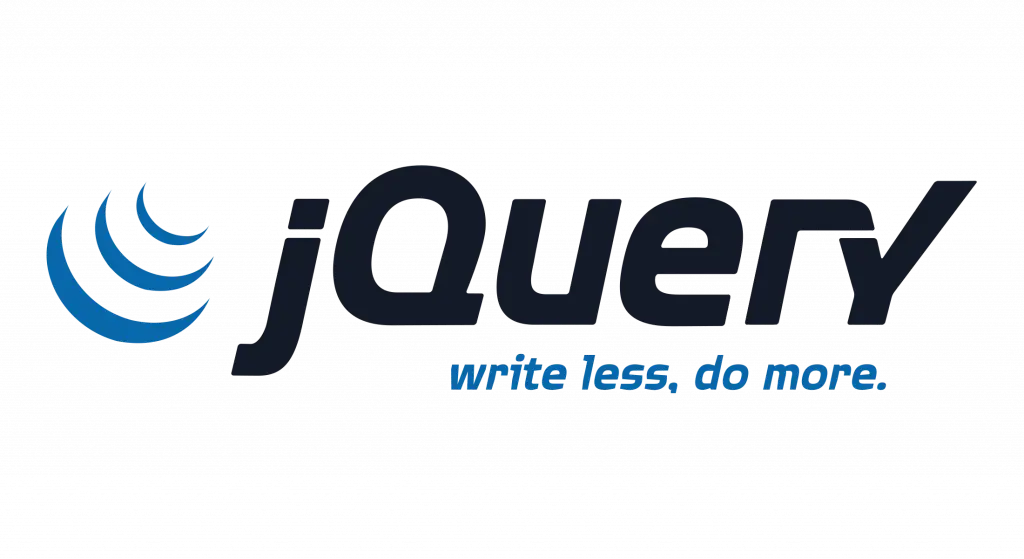
Released in 2006, jQuery has become a popular frontend framework among developers. You can easily enhance the interactivity of your web application’s user interface by easily manipulating its DOM elements and CSS. Besides, its HTM5-based tool allows the developers to develop native mobile apps quickly.
Pros of jQuery
- It works well with different web browsers
- Good for beginners
- Supported by a well-developed and knowledgeable community.
- The framework has been SEO-optimised
Cons of jQuery
- Outdated virtual DOM API
- Lacks a data layer
- Apps developed using this may function slower than native apps
When to use
Use this framework to develop desktop-based JavaScript apps. It can offer amazing website searchability and interactivity.
When not to use
Don’t use it for creating large web solutions; as for that, you will have to write extra code lines.
Real-life projects
Among the popular brands that use this framework for their projects, some of the major companies are Pandora, Uber, SurveyMonkey, Microsoft, and Twitter.
6. Backbone.js
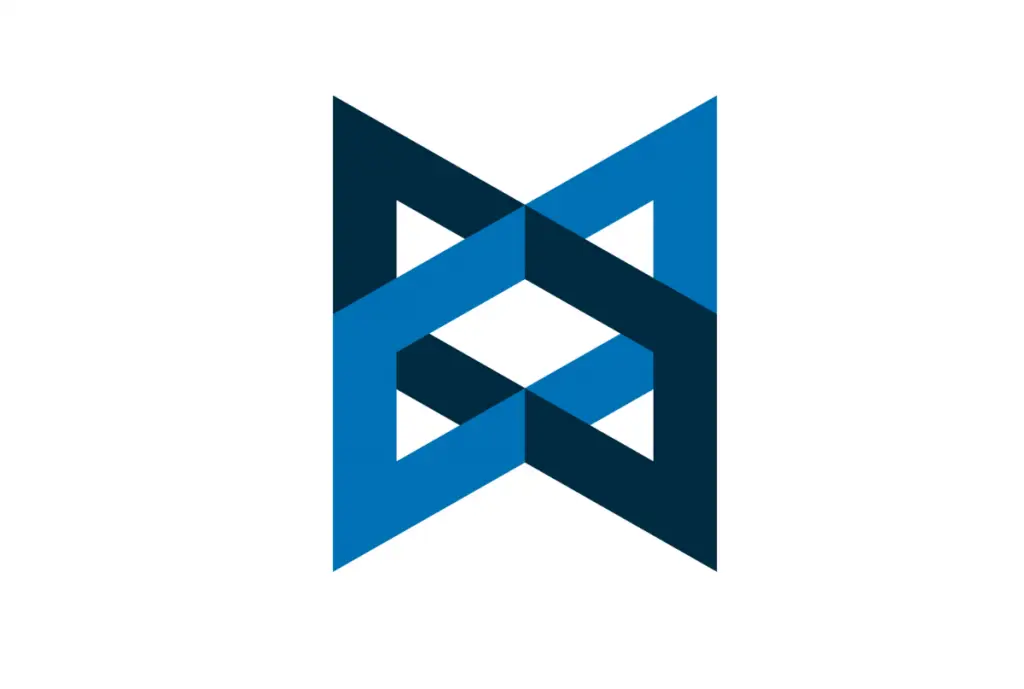
This is a lightweight and easy-to-use front-end framework. The framework is based on the MVP- Model View Presenter design pattern and works great for developing single-page web apps. It effectively communicates with the current API through the RESTful JSON interface. It utilizes two different libraries, i.e., jQuery and Underscore.js.
Pros of Backbone.js
- The framework is beginner-friendly
- Open-source and free
- Lightweight and fast
- Instead of storing the data in DOM, it stores data in models
Cons of Backbone.js
- No two-way data binding support
- Poor architecture
- Some users think it is becoming obsolete
When to use
You can use it to create applications that require maintaining constant synchronization with the servers. The framework allows the developers to create client-side models, faster updates as well and reuse the codes.
When not to use
If you are looking for a complete development solution in one front-end framework, then this is not for you. However, its functionalities can be extended using extensions and plugins.
Real-life Projects
Reddit, Pinterest, Uber, Trello, and Tumbler are some of the well-known users of Backbone.js.
7. Semantic UI
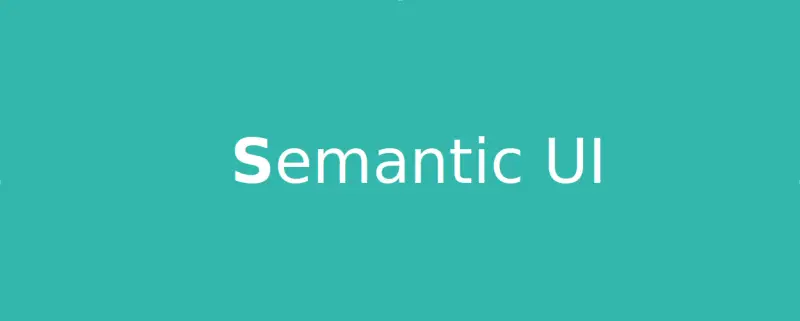
Introduced in 2014, it is a comparatively new framework and is also quite popular among developers. Powered by jQuery and LESS, this framework is for CSS. The primary objective of this framework is to empower your projects with human-friendly HTML. It also comes with a complete toolset to easily configure CSS, font files, themes, and JavaScript. Once developed, the code is shared with other apps.
Pros of Semantic UI
- Comes with responsive and rich UI components
- You will find a huge collection of themes
- Can be integrated with Ember, Angular, Meteor, and React
Cons of Semantic UI
- Update frequency is low
- Requires skills to create a custom configuration
- Community is small
When to use
This framework allows front-end developers and UI designers to create a seamless and elegant design of the user interface.
When not to use
This is not good for beginners with less knowledge about JavaScript. You shouldn’t use it if you don’t have experience in creating customization without using ready-made functions.
- Real-life projects
Brands that use this framework are Overseas, Kmong, Accenture, Snapchat, and Digital Services.
8. Ember
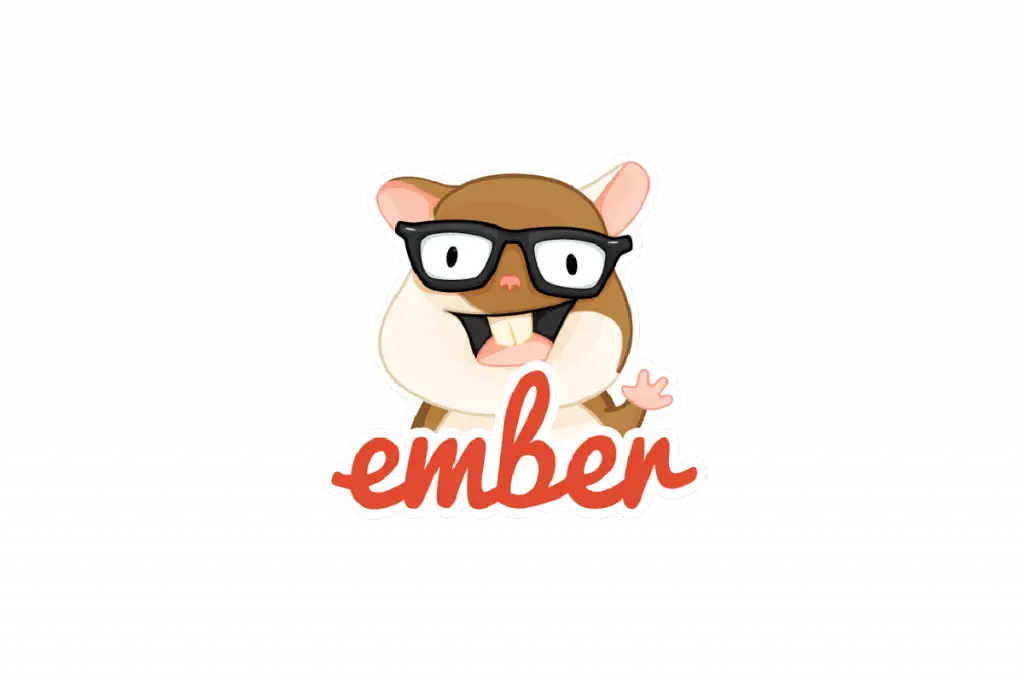
This open-source JavaScript framework was introduced in the year 2011 and has witnessed huge popularity. As per a study, more than 15 percent of JS professionals are utilizing this framework, and till now, more than 40k websites have been developed with this. It has a two-way data binding feature and supports the Fastboot.js module. It has some pre-built templates that allow you to reduce coding.
Pros of Ember
- Better documentation
- URL-focussed approach and also supports server-side rendering.
- Supports TypeScript and JavaScript
- Comes with debugging as well as native testing tools
Cons of Ember
- Very little or no customization
- You may not use the components
- Not good for small projects
When to use ember
This can be a perfect choice for developing feature-rich and complex web applications.
When not to use
This is not suitable for small projects like developing simple UIs or creating simple AJAX functions.
Real-life Projects
Brands like Blue Apron, Apple Music, Netflix, LinkedIn, Vine, Tinder, PlayStation Now, and more use this framework.
9. Preact
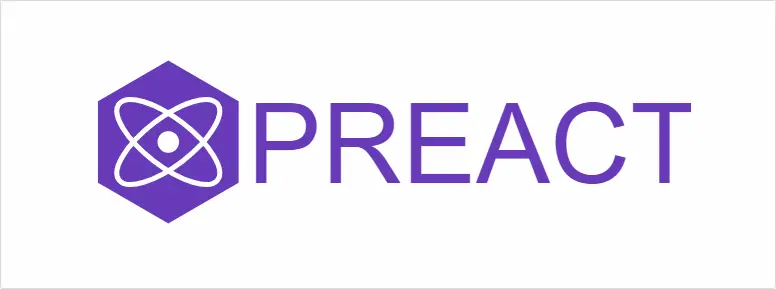
Even though preaching is quite popular, it has come with shortcomings. That made the company introduce a small-size framework with all the features of React, called Preact. Both React and Preact work on the same API. It comes with the fastest and lighter version of visual DOM.
Pros of Preact
- Offers efficient and faster performance
- Better memory usage
- Popular for its compatibility and comprehensibility
Cons of Preact
- You may have to add some features manually, like Unit Testing
- It May not work well for large projects
When to use
You can use Preact to develop a small application that doesn’t require complex integration.
When not to use
If you want to add more features to your web apps, then this is not a good option for you.
Real-life projects
Some of the popular companies that are using Preact are Bigblue Platform, Google, OpenWeb, Didomi, and Awardit.
10. Foundation
As a reliable alternative to Bootstrap, Foundation has been widely used by developers to create appealing websites, apps, and emails that work flawlessly in different browsers as well as mobile devices. Its stable version was released in 2020, and it is based on JavaScript, HTML, CSS, and Sass scripting language.
Pros of Foundation
- Provides the developers with reusable interface elements.
- Comes with a complete and responsive toolkit that allows developers to easily adjust the app’s layouts to different devices using multiple resolutions.
- You will get a lot of customization options.
Cons of using Foundation
- For beginners, this framework will be a little complicated
When to use
Use this framework if you want to create a mobile-friendly and visually stunning website to offer a customized user experience.
When not to use
Don’t use this if you do not have sufficient knowledge about customization and JavaScript.
Real-time Projects
Some of the major companies that use this framework are Mozilla, National Geography, Washington Post, and Burger Revolution
11. Metoer.js
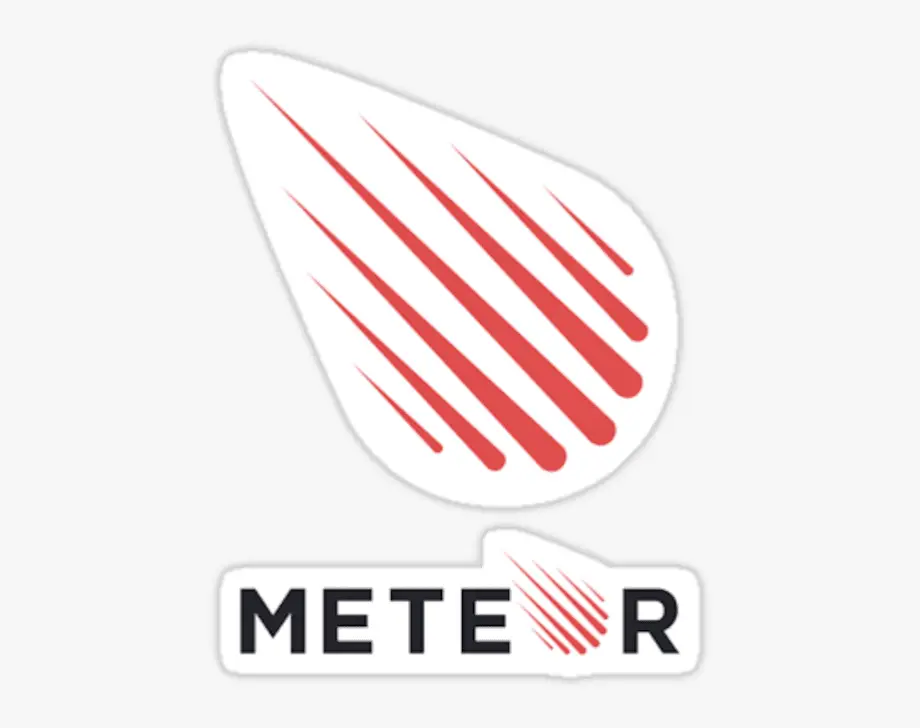
This is a free, open-source framework for JS. The framework has been written utilizing Node.js and creates cross-platform code while offering faster prototyping. It allows the developers to use CSS and HTML to create highly interactive UIs. Using this, you can develop in one language for all environments, such as web browsers, application servers, and mobile devices.
Pros of Meteor.js
- The framework is very simple to use.
- Comes with many useful packages and libraries.
- Supports server-side debugging
- Offers seamless client-server communication
Cons of Meteor.js
- Doesn’t support any reactive joins.
- The users may not have control over the loading files.
- Lacks server-side rendering
When to use Meteor.js
You can trust this framework to create simple apps with impressive UI. It is good for beginners.
When not to use
If you are planning to create feature-rich apps, then this framework will not work. Besides, it can make your development process time-consuming.
Real-life projects
Accenture, Deloitte, Nordstrom, Rocket Chat, and Esri are some of the popular brands that use this framework.
12. Polymer.js
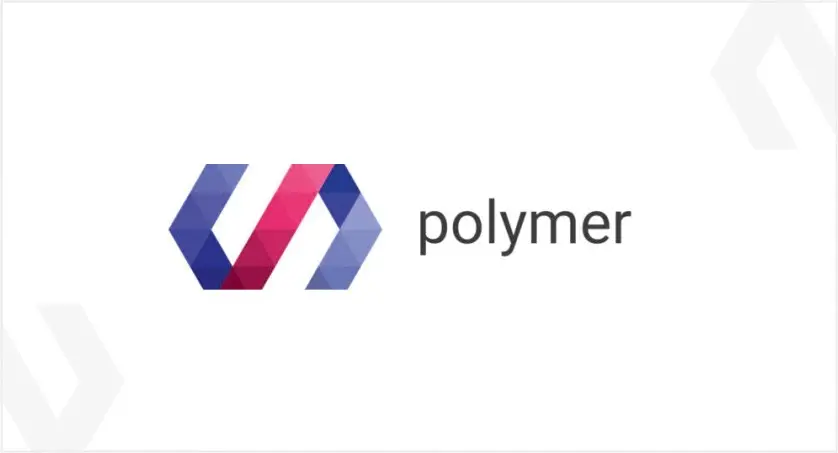
This is another popular JavaScript library that developers can use to create web applications using different web components. This open-source framework was developed by Google developers as well as GitHub contributors. Comes equipped with some best APIs; using this, you can create custom and powerful HTML elements.
Pros of Polymer.js
- Can be used to create enclosed JS, CSS, and HTML as custom elements
- Supports one-way and two-way data binding.
- Comes with well-maintained and structured documentation.
- Third-party integration
Cons of Polymer
- Understanding its web content can take time.
- Some issues with different mobile platforms.
When to use
If you want to create a simple web app with some customized elements faster, opt for Polymer.js.
When not to use
If you are developing a large-scale application, then this will not be an ideal option for you.
Real-life Projects
Companies like Web Stack, Taboola, MobilePlay, Eko Tech Stack, Acorns, and more are using the Polymer.js framework.
Conclusion
When it comes to developing a powerful web application with some stunning features, developers should use the Best frontend framework. When you have the best framework, you can enjoy a lot of benefits, such as faster development, real-time programming, better security, ease of scale and use, along with some more responsive features.
Well, it is also a little challenging to decide which framework will be best for you in 2024, as each of them has its own pros and cons. On the other hand, every platform releases updates quite frequently to add new features and make them more efficient. If you are looking for the right one, you can choose the frameworks mentioned above.
If you are still feeling confused and don’t know which Frontend framework to use for your project, you can always get in touch with professionals. When you work with skilled front-end developers, you will be able to come up with a web application with impressive features.

